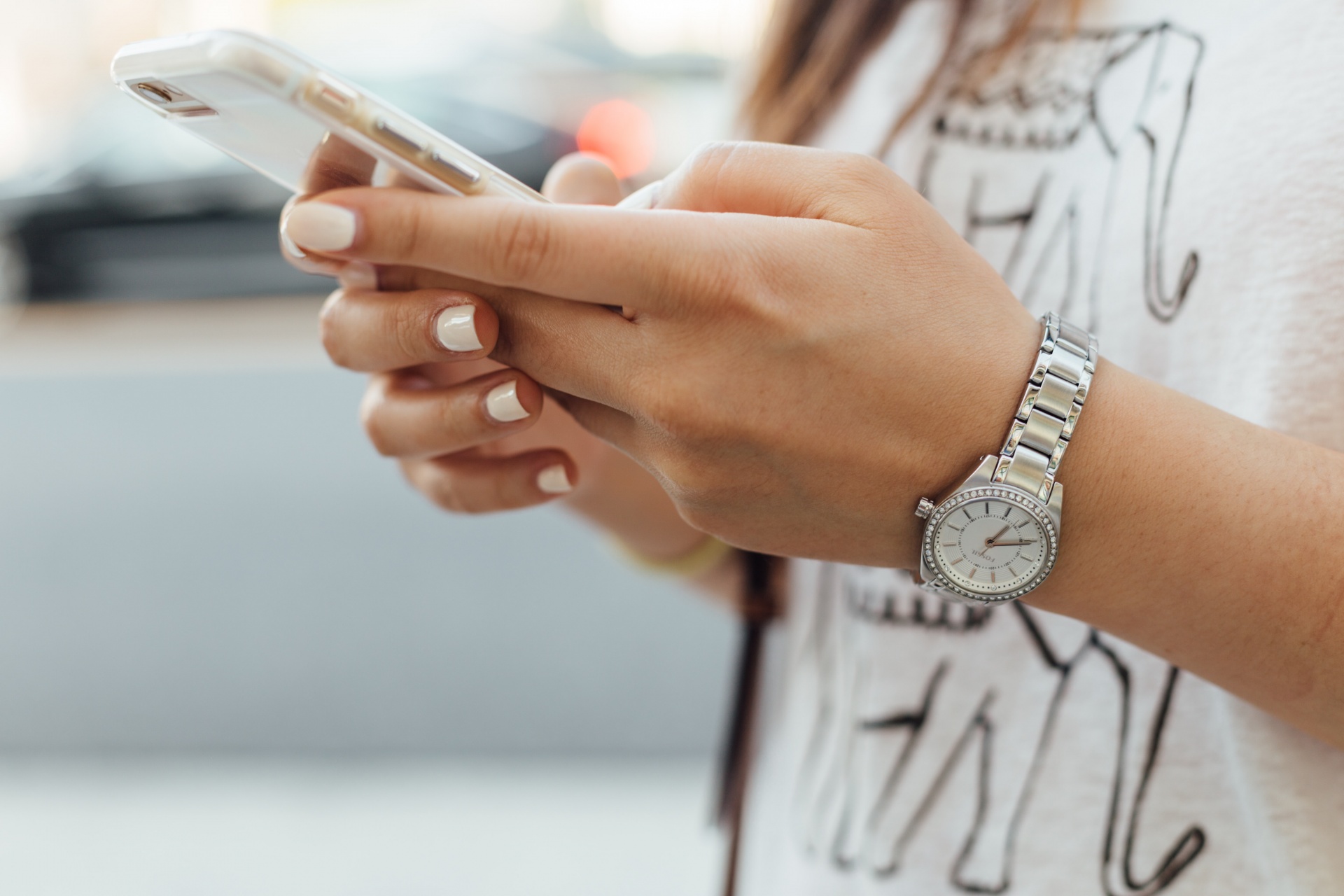Mobile money to be officially launched from October
 |
| The digital sector is planned to account for 30 per cent of GDP by 2030 |
According to Minister Hung, electronic payment is the cornerstone for moving to a digital economy. Specifically, mobile money is the most efficient means for electronic payments to reach the whole population, even the remote or rural areas where the majority of the population is unbanked.
"Currently, the last procedures are being finished so that a pilot license for mobile money will be issued at the beginning of October. We believe the new mechanism will create a significant push to support digital transformation on a national scale,” said Hung.
According to the minister, for people to take the leap of faith into a digital world, network safety and security must be ensured.
“COVID-19 has presented us with several obstacles and hurdles. However, the pandemic will pass. What matters is who will seize the chances presented by COVID-19, who will adapt the swiftest and modify their business model in order to stay ahead of the digitalisation game. Some countries have already done so. Many companies have already shifted operations to a digital environment. On the subject of digital transition, one month of COVID-19 can be equal to a dozen years without COVID-19,” the minister added.
In March, the prime minister approved the pilot application of mobile money, which allows the use of mobile phone accounts to pay for small-value goods and services, effective from March 9, 2021.
The PM's decision set the duration of the pilot programme to two years from the time the first enterprise is approved to pilot this service.
Vietnam has set ambitious targets for the next five years, with the digital sector to account for 30 per cent of GDP by 2030.
The Vietnamese government’s latest draft national strategy for the development of the digital economy and society by 2025 has set a firm target of digital identification and cashless payments.
Accordingly, by 2025, around 80 per cent of Vietnamese citizens will use digital payment methods with the non-cash payment rate reaching 50 per cent. Besides this, around 75 per cent of water and electricity bills would be paid through a non-cash payment alternative, and 90 per cent of points of sale will adopt cashless payment options.
What the stars mean:
★ Poor ★ ★ Promising ★★★ Good ★★★★ Very good ★★★★★ Exceptional
 Tag:
Tag:
Related Contents
Latest News
More News
- Banks gear up for massive capital increases (December 18, 2025 | 17:04)
- Securing capital and efficiency for Vietnam’s 2026-2030 growth ambitions (December 17, 2025 | 10:00)
- Energy sector in need of blended finance mechanisms (December 17, 2025 | 09:00)
- Vietnam still has room to mobilise capital for sustainable growth (December 17, 2025 | 08:57)
- Long-term capital seen as key hurdle to green growth (December 16, 2025 | 08:00)
- Gold prices swing amid tax debate and import uncertainty (December 15, 2025 | 18:04)
- Agribank frames bank credit as catalyst for green growth (December 15, 2025 | 17:59)
- Vietnam’s green transition demands collective financial action (December 15, 2025 | 12:00)
- VIR workshop highlights capital and policy for sustainable development (December 15, 2025 | 11:00)
- Promoting digital assets initiative in Vietnam (December 13, 2025 | 09:30)






























 Mobile Version
Mobile Version